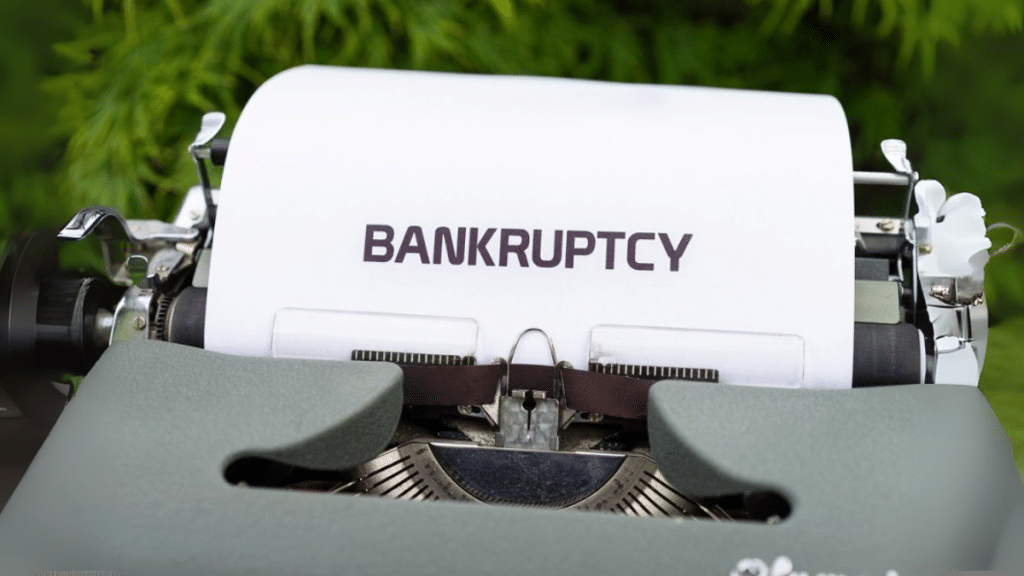If you feel like your debt is too much to handle, you’re not alone. In the U.S., over 380,000 people filed for bankruptcy in 2023. For many, it’s a way to start over when bills, loans, and credit card payments pile up. Bankruptcy can feel scary, but knowing the process can make things easier.
If you’re thinking about filing, it helps to talk to a professional. You can schedule a consultation with CLLB Law to learn more about what steps to take and what options you may have. Many people in the same situation find that getting the right advice early can save them stress and money.
What is Bankruptcy?
Bankruptcy is a legal way for someone who owes too much money to either erase or manage their debt. A court looks at your case and decides if your debts can be wiped out or if you’ll repay some of them over time. Bankruptcy is not just for people—it can also help small businesses and big companies.
Some people think bankruptcy means they’ve failed, but that’s not true. It’s a tool meant to give people a second chance.
Types of Bankruptcy
The most common types are Chapter 7 and Chapter 13.
- Chapter 7 is called “liquidation.” It wipes out most debts, but you may have to give up some property.
- Chapter 13 is about making a plan to pay back some of your debt over three to five years.
- Chapter 11 is usually for businesses and helps them reorganize debt so they can keep running.
Signs You Might Need to File
Here are a few signs that bankruptcy might help:
- You’re getting calls from debt collectors every day.
- Your wages are being garnished.
- You’re using one credit card to pay off another.
- You’re about to lose your home or car.
What You Need Before You File
Before you file for bankruptcy, the law says you must take a credit counseling class. You also need to collect papers that show your income, debt, and assets. This includes:
- Recent pay stubs
- Tax returns
- Bank account details
- A list of everything you owe
Steps in the Bankruptcy Process
1. File the papers – You send your documents to a bankruptcy court.
2. Get an automatic stay – This stops most creditors from bothering you or taking your things.
3. Work with a trustee – The court picks a trustee to look at your case.
4. Go to the 341 meeting – You answer simple questions about your money in front of the trustee and any creditors who show up.
What the Bankruptcy Trustee Does
The trustee checks all your paperwork. In Chapter 7, they may sell some things you own to pay your debts. In Chapter 13, they make sure you follow the payment plan. The trustee also makes sure everything is fair for both you and the people you owe.
The 341 Meeting
This meeting is also called the “meeting of creditors.” It sounds scary, but it usually takes only 10 to 15 minutes. You’ll answer questions about your finances under oath. Most people go through it without problems, especially if they have their paperwork in order.
Life After Bankruptcy
Bankruptcy will affect your credit score. A Chapter 7 stays on your report for 10 years, and a Chapter 13 stays for 7 years. But it doesn’t mean you’ll never be able to get credit again. Many people start rebuilding their credit soon after their case is over. Some even buy a house within a few years.
Pros and Cons
Pros:
- It stops creditor calls.
- It can erase most debts.
- It gives you peace of mind.
Cons:
- Your credit takes a hit.
- You might lose property.
- It becomes public record.
Other Options
Bankruptcy is not your only choice. You might:
- Combine your debts into one payment.
- Settle your debt for less than you owe.
- Ask your lenders to work with you on new terms.
A credit counselor can help you understand these options.
When to Talk to a Bankruptcy Lawyer
If you’re confused, or if your debts are complex, it’s smart to talk to a lawyer. A bankruptcy lawyer helps protect your rights, fills out the right forms, and speaks on your behalf in court.
The Wrap -Up!
Bankruptcy isn’t the end. It’s a legal way to start fresh and rebuild your life. When used right, it gives people the chance to take back control and move forward with less stress.
